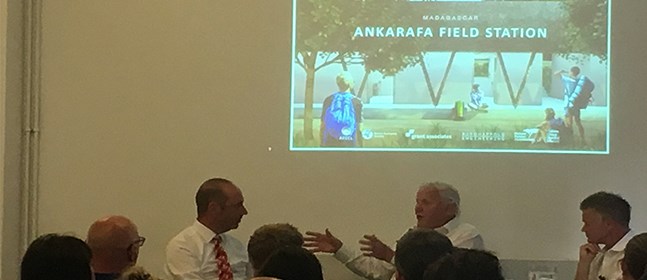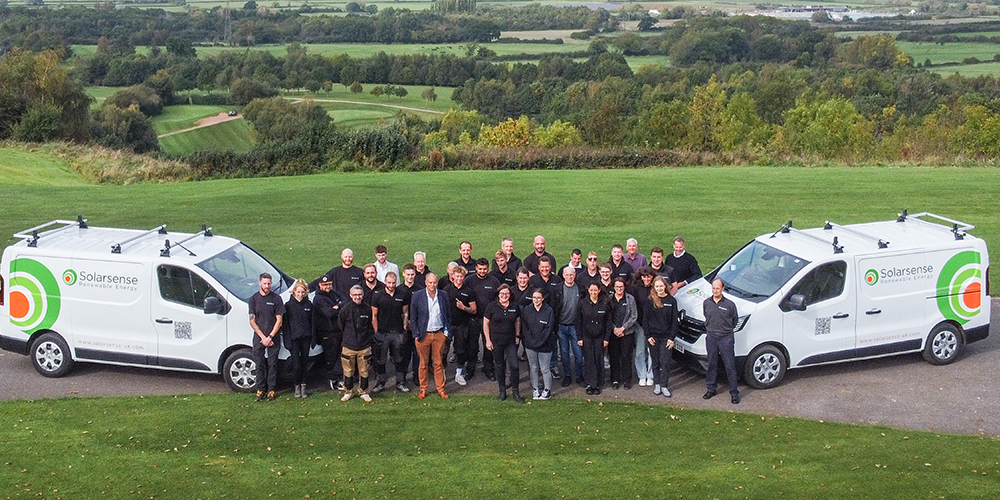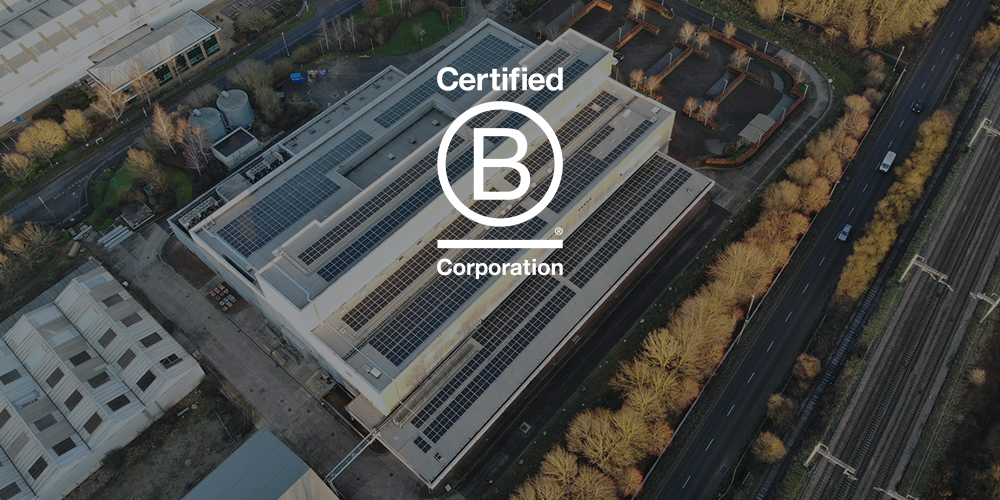
Back in late 2016, we visited one of Bristol Zoological Society’s in-country wildlife conservation projects on the island of Madagascar to install a solar PV system for the Ankarafa Forest research centre.
Madagascar is one of the world’s most important hotspots for biodiversity, yet it is also one of the world’s poorest countries, with 92% of people living below the poverty line. The island has a unique habitat, however one that is in crisis – deforestation, habitat loss, and overpopulation are putting a major strain on the country’s natural resources and many of the species found on the island (including 61 species of lemurs found nowhere else on Earth) are under threat.
Dr Christoph Schwitzer and BZS have been in Northern Madagascar since 2006, in order to safeguard the future of wildlife on the island. Each year, students and researchers conduct vital studies on the diverse species of the island in an effort to better understand their behaviour and ecology. This enables BZS to work with local NGOs and the Malagasy government to create informed conservation management plans for the region. As well as helping to protect and maintain these endangered species the society has also implemented development programmes and conservation lessons to include help with fire control, cultivation and reforestation in order to save the areas’ natural heritage. They also help to provide education to the local community by subsidising teachers’ salaries and building schools.
At the heart of the project is a research & conservation station in the Ankarafa Forest that serves as a base for field work. The aim of our trip was to install a solar PV system to power the equipment needed to conduct these vital studies.
We are pleased to announce that not only have our solar panels made an important impact, but our visit sparked a number of conversations that has led to an inspiring new project by Grant Associates, Fielden Clegg Bradley Studios and Buro Engineering.
On Monday 11 June we were invited to Fielden Clegg Bradley Studios in London for the launch of this exciting project along with guest speaker Sir David Attenborough. The famous broadcaster and naturalist hadn’t visited the island for some 50-60 years, however had expressed the need for this vital conservation work, even as far back as 1961 when he published ‘Zoo Quest to Madagascar’.
The new improved field station, will make a significant contribution to protect this vision, securing the future of the wildlife and people in the Sahamalaza Peninsula.
Please see below for images or for more on the project click here.
Images
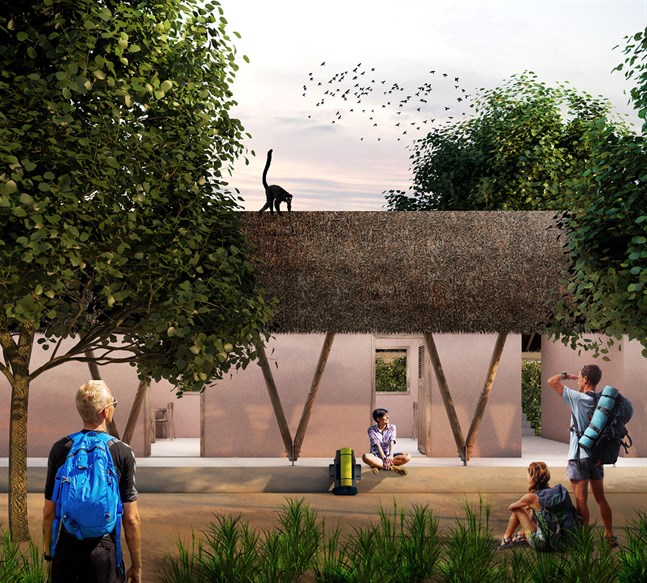
Design proposal for the new, improved field station
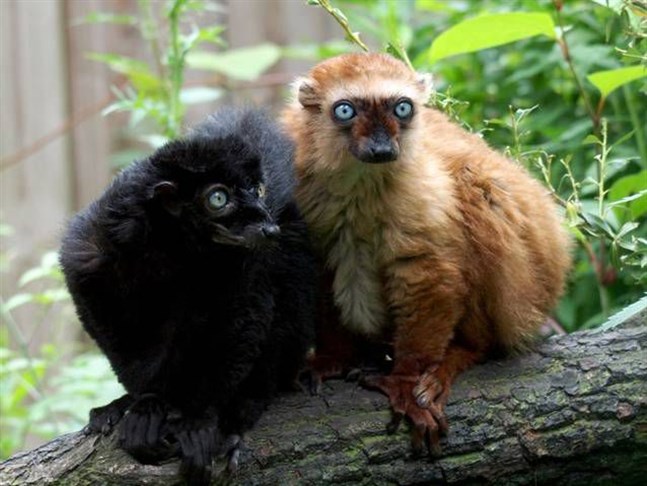
Male and female blue-eyed black lemur – a species under threat
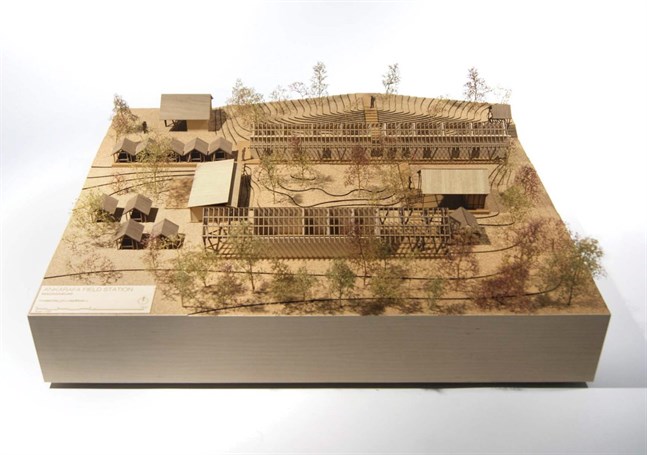
1:100 model of new field station
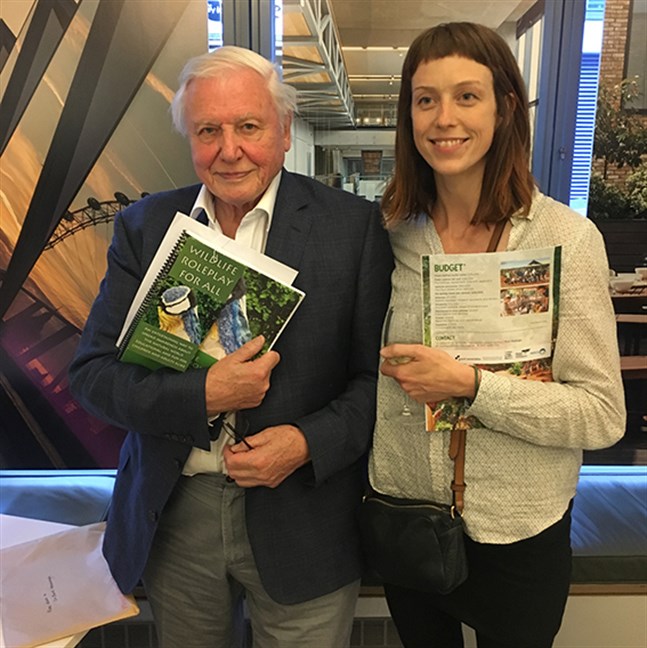
Sophie, Solarsense meeting with Sir David Attenborough
FURTHER NEWS
You might like…

